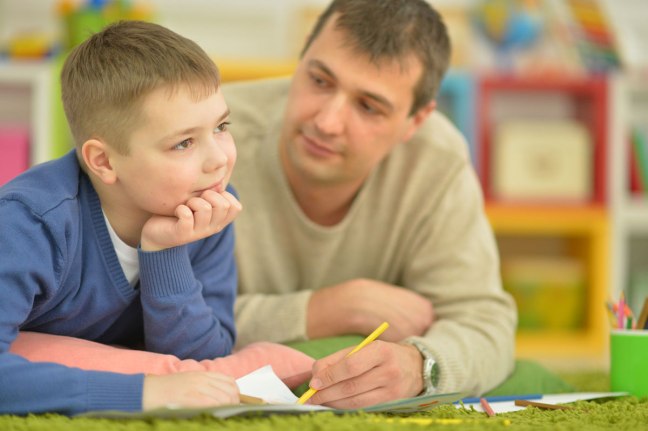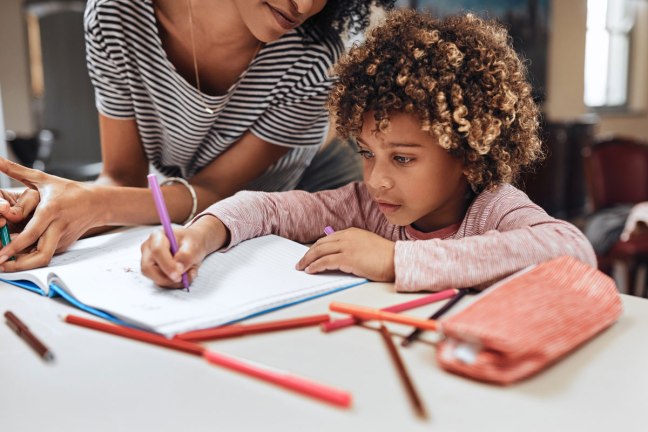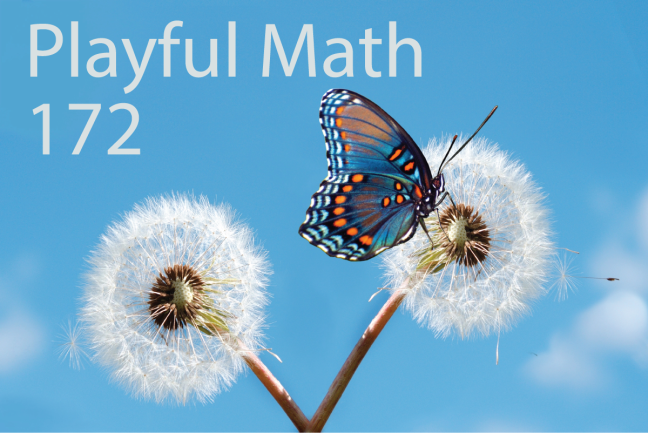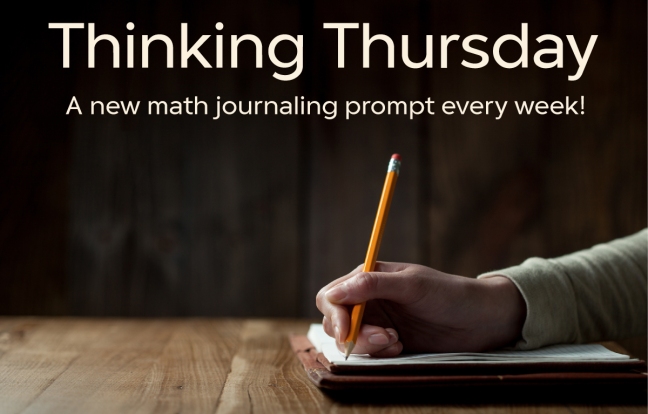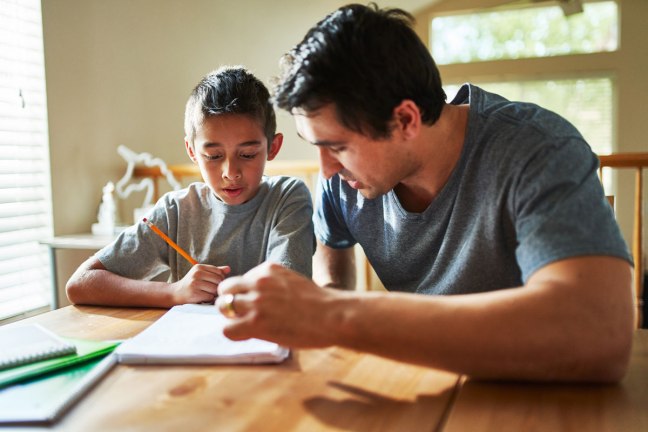We’ve been examining the fact that, while there may be only one right answer to a math problem, but there’s never only one right way to get that answer.
What matters in math is the journey. How do your children make sense of the problem and reason their way to that answer?
As always, real math is not about the answers but the thinking.
But if we don’t want to give our children a method, how can we teach? What if we pose a problem and the child doesn’t know how to solve it?
What if our children get stumped on a subtraction calculation like 431 – 86?
Continue reading If Not Methods: Reasoning About Subtraction
